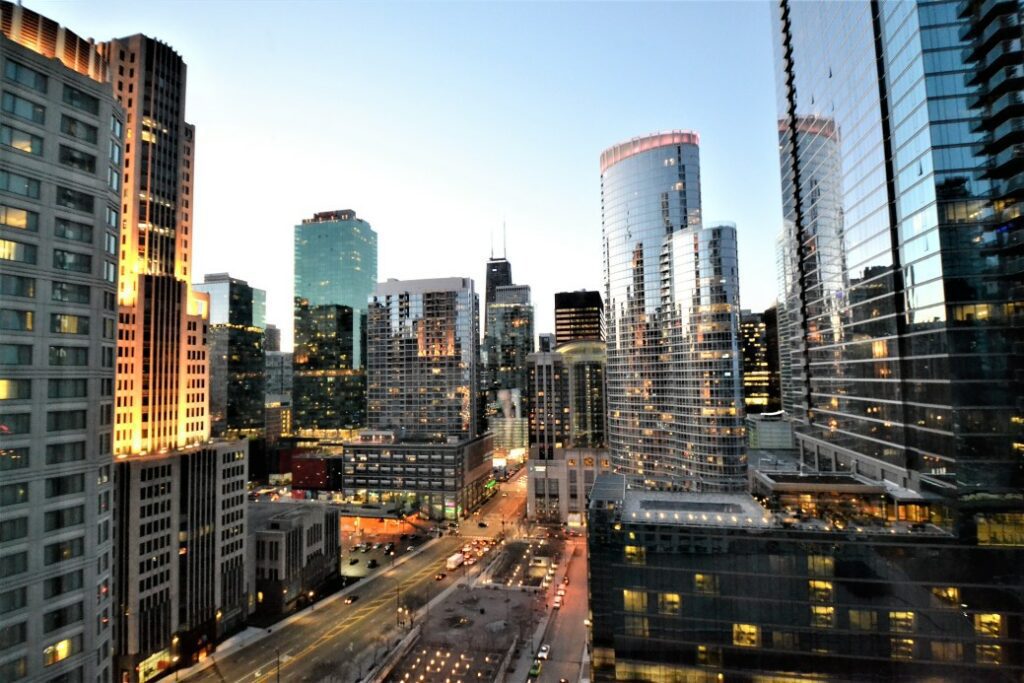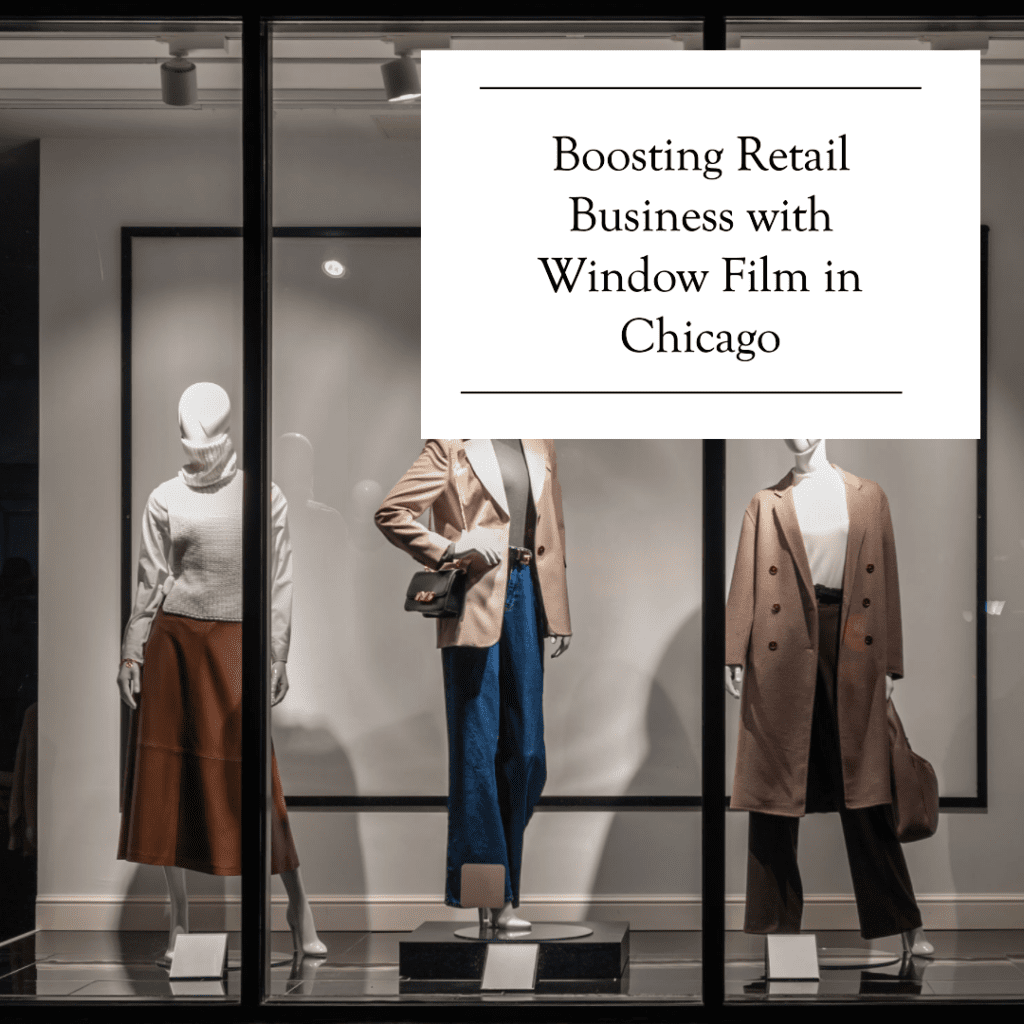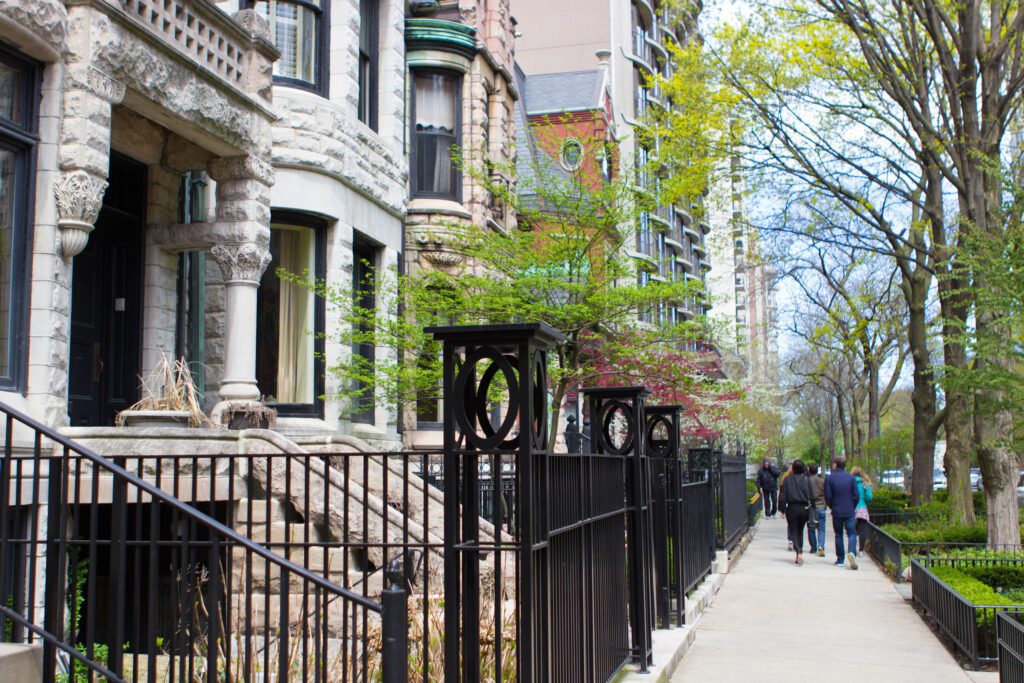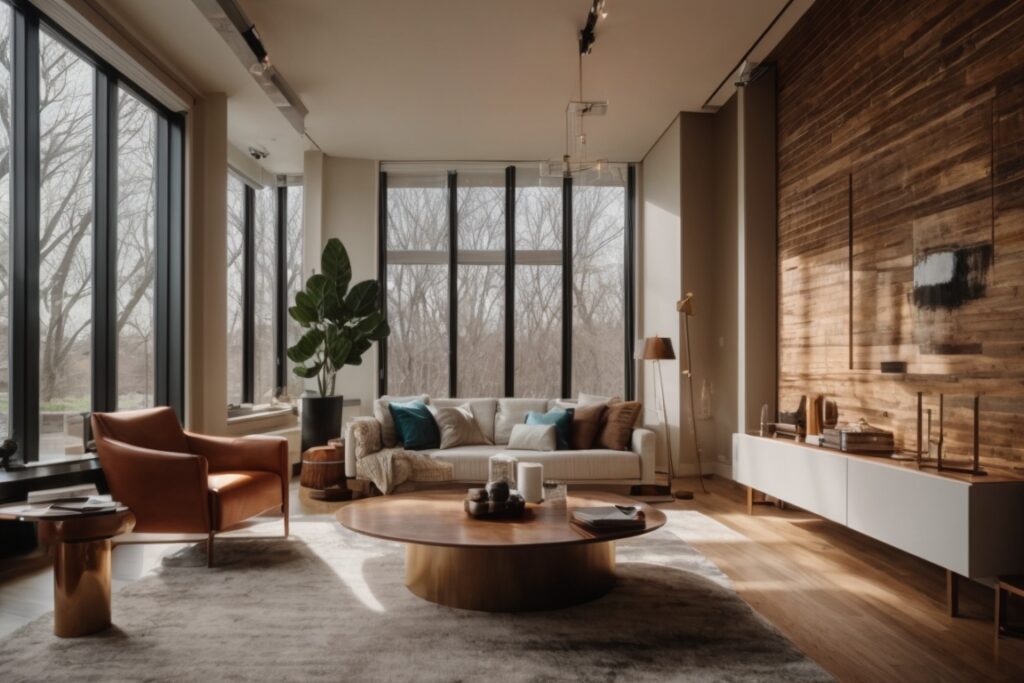
Chicago is a city celebrated for its architectural heritage, where historic buildings are not just structures but narratives etched in stone and glass. In preserving these narratives, it is essential to embrace practices that protect and enhance their historical value. Window film plays a significant role in this preservation effort by offering a modern solution that shields interiors from harmful ultraviolet rays, reduces energy consumption, and maintains aesthetic integrity. The challenge, however, lies in selecting the right film that conforms to the strict guidelines of Chicago’s preservation standards without detracting from the building’s original appearance. For those responsible for the care of Chicago’s historic landmarks, it’s critical to partner with experts who understand the nuanced requirements of these venerable structures and who can provide window film solutions that meet both the building’s needs and the city’s stringent preservation criteria.
The Do’s: Preserving Chicago’s Heritage with the Right Film
When it comes to installing window film in historic buildings within Chicago, there are several best practices to adhere to. Firstly, consultation with preservation experts is indispensable to ensure the chosen window film aligns with local historical guidelines. It’s not just about the preservation of appearance but also about the protection of what lies within; therefore, films offering UV protection are paramount. They help in safeguarding the interior artifacts and furnishings against sun damage while being virtually invisible to the onlooker. Moreover, high-quality, non-reflective film should be the go-to choice to preserve the building’s original look. These measures respect the architectural integrity and historical significance of Chicago’s storied edifices, ensuring that the installation of modern window film is a subtle yet effective enhancement.
The Don’ts: Avoiding Common Pitfalls with Window Film in Historic Chicago Buildings
When preserving the time-honored aesthetics of Chicago’s historic buildings, certain pitfalls must be scrupulously avoided. Utilization of films that have a mirrored or heavily tinted finish can irreversibly alter the building’s historical look, a mistake that could detract from its architectural value and potentially infringe upon preservation regulations. Moreover, the installation of window film is a delicate process, especially in historic structures where original glass and window frames can be easily damaged. As such, professional installation by experienced technicians is non-negotiable. These experts ensure a correct and reversible application, a critical consideration for historic properties where changes may need to be undone to maintain historical accuracy or to apply newer preservation technologies in the future.
Preservation-Compatible Window Film Solutions for Chicago’s Landmarks
Choosing the correct window film for historic properties in Chicago involves a delicate balance. The film must be preservation-compatible, meaning it should be virtually undetectable to ensure the building’s aesthetic is not compromised. This requires a sophisticated selection process, guided by professionals who can navigate the complexities of preservation standards and energy efficiency needs. Installation is a key component of this process, as the unique and often fragile windows of historic buildings demand a gentle and skilled hand. Professional installers are well-versed in techniques that protect the integrity of the window and the film, guaranteeing a seamless integration of modern technology with classic design.
Maximizing Energy Efficiency in Chicago’s Historic Buildings with Window Film
In the bustling heart of Chicago, historic buildings stand as testaments to the past, but they also need to operate efficiently in the present. Window film is an excellent tool for enhancing energy efficiency in these venerable structures. It can mitigate heat gain and loss through windows, fostering more stable indoor temperatures and reducing the workload on HVAC systems. For Chicago’s historic buildings, this doesn’t just translate to energy savings; it also means a significant reduction in the environmental impact and operational costs. Such improvements need to be accomplished without altering the building’s historical appearance, making the choice of virtually invisible window film all the more critical. When selected and applied correctly, window film can protect the architectural legacy while contributing to a more sustainable future for these cherished landmarks.
Navigating Chicago’s Regulations on Window Film for Historic Buildings
In the Windy City, the use of window film in historic buildings is tightly regulated to protect the city’s architectural heritage. That’s where Custom Tint Solutions excels—we possess an in-depth understanding of Chicago’s unique requirements for historic buildings. Our team of professionals works in concert with the city’s landmarks commission to ensure compliance with all standards and guidelines. This partnership approach with local preservationists is crucial, not only to preserve Chicago’s historical landmarks but also to guarantee that window film installations are carried out with respect for each building’s significance and with an eye toward maintaining the original aesthetic that makes these structures so special.
Contact us for a free window film consultation today.





About The Author: Mike Kinsey
Mike Kinsey has more than a decade of experience installing window film in the Chicago area. His years of experience have allowed him to develop a deep familiarity with all of the different types and styles of window film on the market including the various security, privacy, decorative, and energy efficient options. Together, he and his team have completed hundreds of commercial and residential installs, totaling an accumulation of over 250,000 square feet. In addition to being an expert on top brands such as LLumar, C-Bond, HDClear, Solar Gard, Solyx, and Huper Optik, Mike is also certified by 3M, EnerLogic, and AIA for continuing education.
More posts by Mike Kinsey